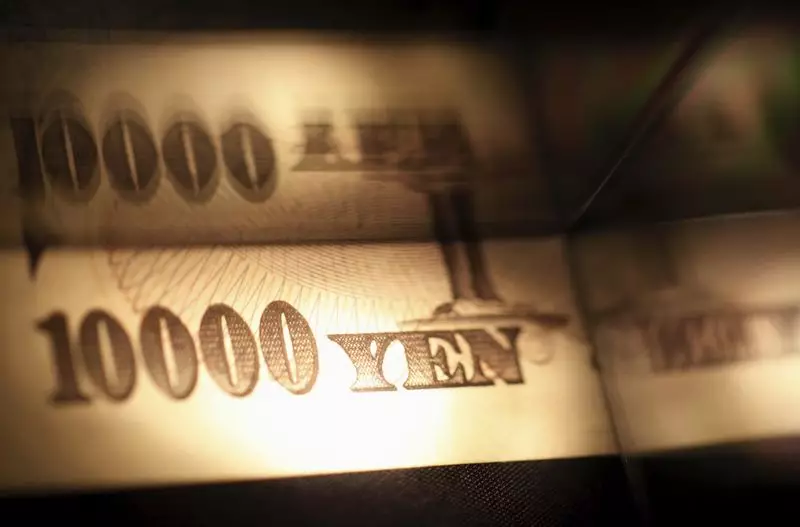In the world of finance, currency movements serve as key indicators of market sentiment and economic stability. On a recent Wednesday, Asian currencies exhibited limited movements, reflecting a steadying dollar as traders focused on the impending U.S. presidential election and significant economic data releases. This cautious stance indicates the backdrop of a turbulent political landscape that is influencing currency values across the region, particularly for currencies like the Japanese yen and Chinese yuan.
The Japanese yen’s performance has become increasingly newsworthy, particularly as it approaches three-month lows against the U.S. dollar. At the heart of this stagnation lies the anticipation of the Bank of Japan’s (BOJ) upcoming meeting, which is expected to yield no change in interest rates. This is significant because the BOJ’s decisions are closely watched, influencing both domestic and international perspectives on Japan’s monetary policy.
Political complications further exacerbate the yen’s vulnerability. Recently, the ruling coalition led by the Liberal Democratic Party lost its parliamentary majority, creating a discordant political environment fraught with uncertainty. This shift has raised doubts about the BOJ’s willingness or ability to raise interest rates in the near future, even after two hikes earlier this year. The interplay of political instability and economic policy signals a stagnant yen, as investors grapple with the potential ramifications of a fractured government.
The situation for the Chinese yuan illustrates a different facet of the market’s dynamics. While it experienced a slight depreciation against the dollar, the yuan’s trajectory is closely linked to recent purchasing managers’ index (PMI) data. This crucial economic metric provides insights into the health of China’s manufacturing sector, a critical driver of its economy.
As China rolls out new stimulus measures to counteract sluggish growth, attention turns toward an upcoming meeting of the National People’s Congress. This gathering is expected to shed light on the government’s intentions regarding increased fiscal spending, which could underpin the yuan’s recovery. However, the immediate risk-averse sentiment within the investment community continues to overshadow any potential optimism regarding the yuan’s performance.
Broader Regional Trends: Risk Aversion Prevails
Beyond Japan and China, the behavior of regional currencies illustrates a landscape characterized by apprehension. The Australian dollar, for example, fell due to mixed consumer inflation data—a scenario that does not inspire confidence. Despite headline inflation showing a decline, persistent underlying inflation signals an unstable economic outlook, leading traders to tread carefully.
Similarly, the South Korean won and Singapore dollar displayed resilience amidst a generally flat trading pattern. Investors seem to be weighing the risks associated with geopolitical tensions, potential fluctuations in U.S. monetary policy, and local economic conditions. Such considerations contribute to a broader atmosphere of risk aversion, which is profoundly influencing currency values throughout Asia.
A pivotal aspect of the current economic landscape is the upcoming U.S. Federal Reserve meeting, during which a modest interest rate cut is anticipated. The outcomes of this meeting will likely set the tone for not only the U.S. dollar but also the Asian currency market at large. Traders are acutely aware that shifts in U.S. monetary policy can have ripple effects, prompting them to reassess their positions in relation to emerging market currencies.
As the dollar index stabilizes after hitting three-month highs, the interplay between U.S. economic indicators and Asian market reactions will be crucial to watch. The tight race ahead in the U.S. presidential election may exacerbate this volatility, as uncertainty can cause traders to seek safer assets, further complicating the currency dynamics in Asia.
The behavior of Asian currencies amid the backdrop of evolving political landscapes and key economic indicators depicts a complex situation. As investors navigate the dual challenge of political uncertainty and economic data, the cautious movements in the yen, yuan, and other currencies highlight a broader trend of risk aversion. The coming days will be critical, as both the U.S. Federal Reserve and national governments in Asia respond to pressures from the market and prioritize stability in their economic strategies. The intricate balance between political motives and economic realities will continue to shape the currency landscape in Asia and beyond.

